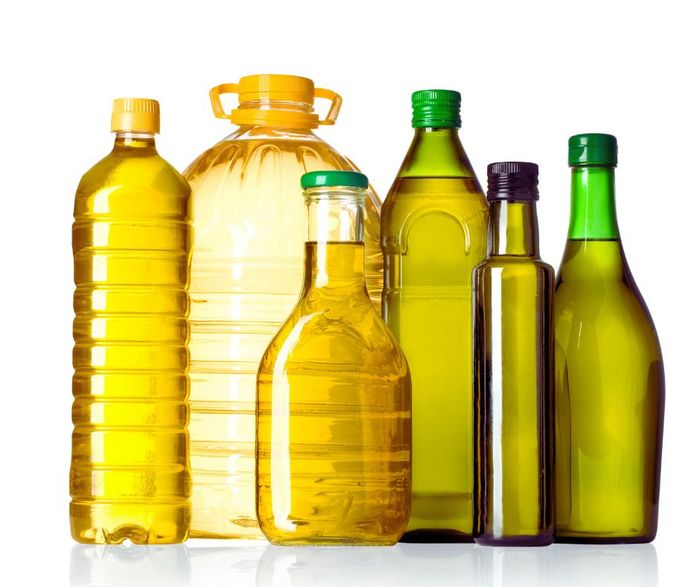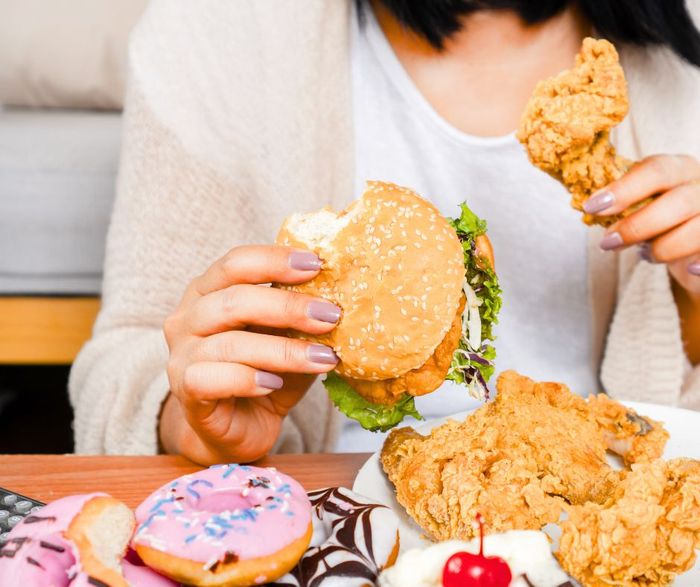My AI Wellness Experiment: Day 26 - The Fat Facts and the Importance of Reading Labels

Can't believe I’m getting near the end of my AI wellness journey. Day 26 has been very good, and I'm really pleased that I'm now thinking ahead of events and planning for healthy snacks rather than just accepting whatever's available. I'm feeling much stronger and my energy levels are consistently good. It feels like these habits are becoming second nature rather than something I have to force.
Today I wanted to dig into something that's always confused me: different types of fat. I know there are good fats and bad fats, but what about the ones that seem to change status? Coconut oil, for instance - a few years ago it was all the rage, and now I read it's not good. What's the real story?
The Coconut Oil Confusion
According to my AI wellness coach, the coconut oil situation is a perfect example of how nutrition science can seem to flip-flop, leaving people scratching their heads. Here's what actually happened: coconut oil is high in saturated fat - about 90% saturated, which is higher than butter or lard. A few years ago, there was excitement about the specific type of saturated fat in coconut oil called medium-chain triglycerides (MCTs), which your body processes differently than other saturated fats.
However, most coconut oil is actually made up of lauric acid, which behaves more like long-chain saturated fats despite being technically classified as an MCT. The dramatic health claims weren't backed up by larger, longer-term studies.
The current consensus is that coconut oil isn't the villain it was once thought to be, but it's not a superfood either. It's essentially neutral - not harmful in moderate amounts, but not offering special benefits over other fats.
The Fats I'm Actually Using
Over these 26 days, I've made a significant shift in my fat choices without really thinking about it as a restriction. I've been eating a lot more nuts - almonds, walnuts, and pistachios - along with avocados when I can get them ripe (which is always a challenge). I pretty much only use olive oil for cooking now, and I make my own salad dressing usually out of olive oil, balsamic vinegar with a little mustard and honey.
I've hardly used any butter or margarine, and I'm now looking at food labels much more closely. This shift happened naturally as I focused on eating whole foods.
Turns out the nuts I'm choosing are nutritional powerhouses. Walnuts are particularly great because they're one of the few plant sources of omega-3 fatty acids. Almonds provide vitamin E and magnesium, and pistachios have protein and fiber. Eating a variety means I'm getting different nutritional benefits from each.
That homemade salad dressing has been a game-changer. Most commercial dressings are loaded with inflammatory oils, sugar, and preservatives. My olive oil, balsamic, mustard, and honey combination gives me healthy fats, antioxidants, and just enough sweetness without the junk.
The Label-Reading Revelations
Reading labels has been absolutely eye-opening for me. Two things in paricular have blown me away.
First, sugar - it seems to be in pretty much everything. Since breaking away from processed foods, I've noticed that my sugar and carb levels have dropped quite a bit while my protein levels have increased. You can find sugar all over the place - in bread, pasta sauce, salad dressings, crackers, yogurt - places where you'd never expect it.
Food manufacturers add sugar not just for sweetness, but because it's cheap, extends shelf life, and creates that "bliss point" that keeps you reaching for more. By moving toward whole foods, I've essentially taken back control of my sugar intake instead of letting food companies control it for me.
Secondly, the fat levels in processed foods are often shockingly high. I'm now actively avoiding foods with high levels of saturated fats and especially anything with trans fats. Trans fats are basically industrial fats that your body doesn't know how to process properly, and while some saturated fat is fine, the amounts in many processed foods are excessive.
Key Learning
This shift in my macronutrient profile - less sugar and refined carbs, more protein and healthy fats - is probably a big part of why my energy feels more stable and I'm feeling stronger. Protein helps with satiety and muscle maintenance, while avoiding those sugar spikes and crashes keeps my energy more even throughout the day.
What's really struck me is how naturally these changes have happened. I've developed what I'd call "food literacy" - the ability to quickly assess whether something aligns with my health goals. Once you see what's really in processed foods, it's hard to unsee it.
The fact that I'm now instinctively avoiding certain things rather than having to think hard about every choice shows how much my relationship with food has evolved. This awareness is going to serve me well beyond these 30 days.
Once you see something, it’s hard to unsee it....
Check out tomorrow's post where my body sends me a very clear message.
Interested in reading all my experiences and conversations with my AI wellness coach so far? Check them out here!
Related content







